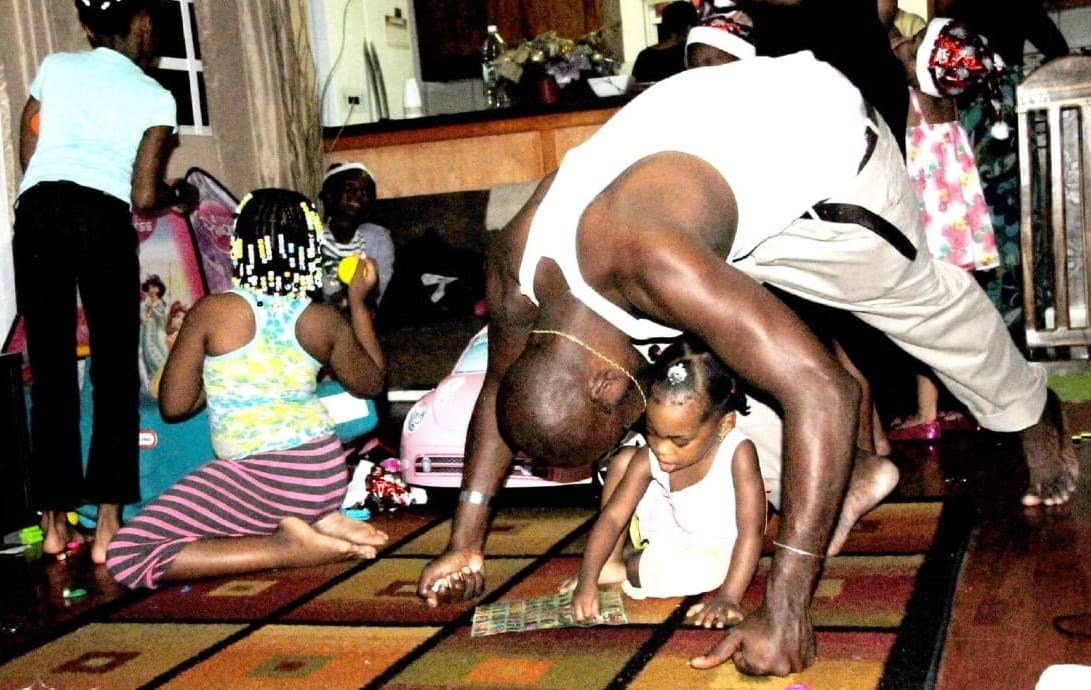“Emotionally Literate Homes” – A Culture Where Feelings Speak Freely

What would your home look and feel like if everyone felt safe to name their feelings, respect others’ emotions, and share what’s going on inside—without fear, shame, or judgment?
Welcome to the idea of an emotionally literate home—a space where feelings aren’t just “tolerated” or “handled,” but genuinely honoured as an essential part of being human. In homes like these, children learn not just what they feel, but how to express it and why it matters. And grown-ups aren’t left behind—we’re learning too, sometimes right alongside them.
Let’s explore what it means to raise children in this kind of emotionally vibrant environment—and how you can start cultivating one, no matter where you're beginning.
Why Emotional Literacy Begins at Home
Emotional literacy is the ability to recognize, understand, express, and manage feelings. Think of it like fluency in a language—but instead of words like “hello” or “goodbye,” it’s words like “frustrated,” “hopeful,” “left out,” or “grateful.”
Children aren’t born knowing how to say “I’m overwhelmed.” More often, they throw toys, pout, or retreat under a blanket. Emotional expression begins in behavior, not in vocabulary.
And where do kids first learn the meaning of all that emotional noise? At home.
They watch how we manage our anger or disappointment. They notice how we respond to their tears or tantrums. And they pick up, almost by osmosis, whether feelings are welcome—or something to hide away.
What an Emotionally Literate Home Feels Like
You don’t need perfect parents, calm kids, or therapy degrees to build emotional literacy. You need a shift in family culture—toward openness, safety, and connection. Here’s what that might look like in everyday life:
- Feelings are named out loud.
“You seem very discouraged after that math test.” Or, “I’m feeling irritable this morning, I think I need some quiet time.” Children grow emotionally stronger when feelings aren’t left vague, ignored, or mysterious. - No emotion is ‘bad’ or off-limits.
Anger, sadness, jealousy, confusion—these are human emotions. Instead of shutting them down (“Stop crying!” or “Don’t be so dramatic”), we validate them: “I get it. That was hard.” “It’s okay to cry, I’m right here.” “That was very disappointing, wasn’t it? - Repair happens after conflict.
Everyone messes up. But in emotionally literate homes, conflict becomes an opportunity to reconnect. Parents model apologies. Kids learn that relationships bend but don’t break. - Emotion words are woven into daily talk.
Whether it’s a bedtime chat or dinner table check-in, families normalize the question: “How are you feeling today?”—and wait for a real answer.
Small Shifts That Make a Big Difference
If your home wasn’t built on this kind of openness, you’re not alone. Many of us grew up being told to “toughen up” or “calm down” instead of being invited to voice and explain what we were feeling.
But the beauty of emotional literacy is that it’s learnable—at any age. Here are a few practical ways to begin:
1. Name Your Feelings in the Presence of Your Children
This might be one of the most powerful tools you have. Try saying things like:
- “I felt anxious during that meeting today.”
- “I’m proud of myself for sticking with a tough project.”
- “I’m sad our weekend trip got canceled.”
Children need to see that emotions are normal—and that adults have them too.
2. Make Feeling Words Accessible
Hang a chart with emotion words on the fridge or bedroom door. Use books or TV shows to explore characters’ feelings: “What do you think she felt when that happened?” Even games like “Feelings Charades” can help kids expand their emotional vocabulary.
3. Listen Without Trying to Fix Right Away
When your child shares something hard, pause before offering advice or trying to cheer them up. Try this instead:
- “That sounds very upsetting.”
- “I can see why you’d feel that way.”
- “Thank you for telling me.”
- “That’s awesome! I can see how happy you are.”
- “You look unsure. Want help figuring it out?”
- “It’s hard when someone else gets something you wanted.”
- “I see that you're angry right now. It's okay to feel angry.”
Validation first. Solutions later—if needed.
4. Ritualize Emotion Check-ins
Make feelings part of the rhythm of your day. At dinner, you might ask, “What was one high and one low today?” Or at bedtime, “Was there a moment you felt nervous or proud today?”
Connecting and reflecting at such periods help your children feel seen and loved.
What About Big Feelings? (And Big Reactions?)
Of course, emotions can get loud. Meltdowns, yelling, slammed doors—these moments aren’t evidence of failure. They’re opportunities for emotional learning.
In these moments:
- Stay grounded; stay calm. Your calm helps regulate theirs.
- Acknowledge the feeling. “You’re furious that I said no to more screen time.”
- Hold boundaries with empathy. “It’s okay to be mad. It’s not okay to throw things.”
Then, once everyone’s calm, circle back: “Let’s talk about what happened earlier. What were you feeling?”
The Gift of Emotional Literacy
In emotionally literate homes, children grow up knowing that:
- Their feelings are real—and matter.
- They’re not alone in their emotional world.
- They can express themselves without fear.
- They’re capable of empathy, self-awareness, and repair.
- Help without judgement is always available.
And parents? We get to build deeper connections, reduce power struggles, and become better versions of ourselves in the process.
Finally
Creating an emotionally literate home doesn’t happen overnight—but every honest conversation, every tear welcomed instead of dismissed, every “How are you feeling?” brings us one step closer.
Your home can be a training ground for emotional courage, clarity, and connection. And the ripple effects? They last a lifetime.